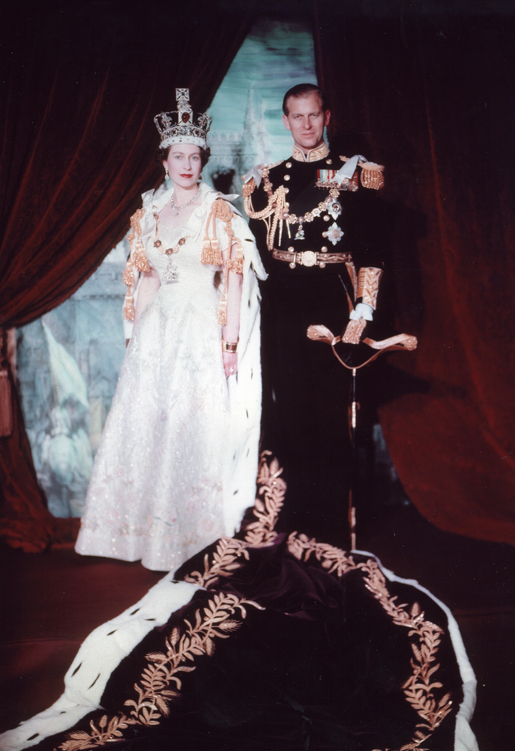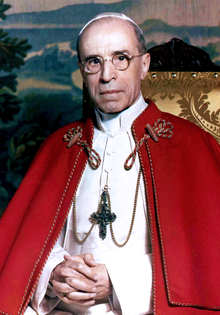Read used one major technique to draw women in to believing his method worked to reduce or eliminate fear and pain in childbirth. He, like many religious figures, was a consummate storyteller. These stories he told of women who had painless births brought his listeners and his readers into his thrall. His evocative storytelling is seen consistently throughout his writing. The stories give the impression that the reader may have a painless childbirth in the manner of these protagonists if only they pay attention and follow the doctrine of Read’s hopeful message.
The one story he uses, time and again, is that of the Whitechapel woman. This woman, who is nameless, impoverished and lower class. She embodies Read’s idea of a noble savage, yet she is a white woman, which feeds the idea that a birth like hers is possible for any woman. Read witnesses her refusing the chloroform he offers for pain relief, and after having given birth, she turns to him and says, “It didn’t hurt. It wasn’t meant to, was it, doctor?”[1]
There are certain key elements here in this story and in others, that create the faith in both the method and the man. The first is that Read himself is present at the birth. He is both witness and participant. He is the calm, quiet, reverend presence that instills ease in the birthing woman. Yet, he is also the physician – savior, ready to act upon any medical complication as needed. Read is counselor, confessor and physician in a neat package. His very presence is the embodiment of divinity described by Mann, even though the story has all the hallmarks of apocrypha.[2]
Secondly, Read shows faith and confidence in his patient and that faith is reciprocated from her. He believes that she can give birth on her own, free from intervention, and she does. The only doubt she professes is that for the assumption that birth is supposed to hurt. Finally, Read uses this story to convey to women that since he observed easy, painless births and derived his method from these births with the divine hand of God guiding him, then they too can birth just like the Whitechapel woman did, not only painlessly, but also in joy. They too can be participants in saving humanity through birth. Read gives them ownership of not only the birthing experience but also of the long-term positive outcome when they do it right. They create “motherlove” through which they too can take part in saving the world.
In his book, Read gives women and their husbands a specific prescription for success. The women take comfort in his method and the method is relatively straightforward. It includes eliminating negative birth stories from friends and family to begin to reduce fear, prenatal childbirth education with the husband, including progressive relaxation techniques and having the husband present in the delivery room to coach the wife in relaxation methods as taught by Read. All of this giving a woman control and, subsequently, joy during childbirth. In essence, Read promises that if women follow him and have faith in themselves, the technique and the man, they will achieve the ultimate goal of becoming a mother in a state of joy and thus setting the most positive tone for their child’s life. He offered them the world and they engaged with him and bolstered his cause.

Not only did the middle-class mothers hold him in adoration, but so did Princess Elizabeth, later Queen, with the birth of her first child, Charles. An article in the Daily Mirror noted, “The Princess has told her friends her belief that pain in childbirth can be greatly reduced if a woman has a calm understanding of exactly what is happening when her baby is born […] Princess Elizabeth has read Dr. Dick Read’s book. When it first came out it was impossible to sell it. Now it has been translated into five languages, is a best seller in American and is selling at the rate of thousands of copies a month in this country.”[3] The testimonial, and the faith the Princess had in Read and his method, swept him into celebrity status. This royal endorsement increased the faith women had in Read to the point of almost unquestioning fervor.
“Dear Sir, apropos of the recent statement of the Pope on painless childbirth there is a great deal of publicity given to the subject at the moment. I beg you to use your influence to campaign against the out-dated views held by the Royal College of Physicians, and go get your methods accepted as general technique, etc.” – Anonymous, Jan. 17, 1956[4]
Augmenting the faith in Read and his method was an address by Pope Pius XII on the Science and Morality of Painless Childbirth in May 1956. In this address, the Pope speaks of his dislike of the hypnosis methods of pain control for labor because it created “an emotional deference toward the child.”[5] He also has a strong dislike for pain medications because of the disconnection the mother has from reality through the brain fog of narcotics.

Circling back to the concept of the “overcivilized” woman, the Pope uses examples of “primitive peoples” painless births and biblical citations noting that not all labors are painful. He also notes the word “labor” means “work” and not “pain”. Specifically endorsing Read he writes, “For his part, the Englishman Grantly Dick Read has perfected a theory and technique which are analogous in a certain number of points in his philosophical and metaphysical postulates, however he differs substantially, because his are not based like theirs [Russian method, Pavlov and Lamaze], on a material concept.”[6] In other words the Pope supports Read’s method specifically because it is based in faith and not in empirical evidence.
The endorsements by both Pope Pius XII and Princess Elizabeth gave Read validity through influential testimonials. These testimonials and endorsements elevate Read’s status in both celebrity and divinity which enhanced his own sense of divine purpose and faith in his method.
Next Up: A Calling – Medicine and Faith with a Look to History
[1] Read, G.D. (1942), Childbirth without Fear, p. 15
[2] Mann, S. (2016), Physic and divinity: the case of Dr. John Downes MD (1627-1694), p.461
[3] Thomas, A. N. (1957), Doctor Courageous, the story of Dr. Grantly Dick Read, p. 188
[4] Thomas, M. (1997), Postwar Mothers, Childbirth Letters to Dr. Grantly Dick-Read (1946-1956), p. 45
[5] Pius XII, Pope (1956), Science and Morality of Painless Childbirth, p. 39
[6] Pius XII, Pope (1956), Science and Morality of Painless Childbirth, p. 41-42
Become a Patron!
Leave a Reply